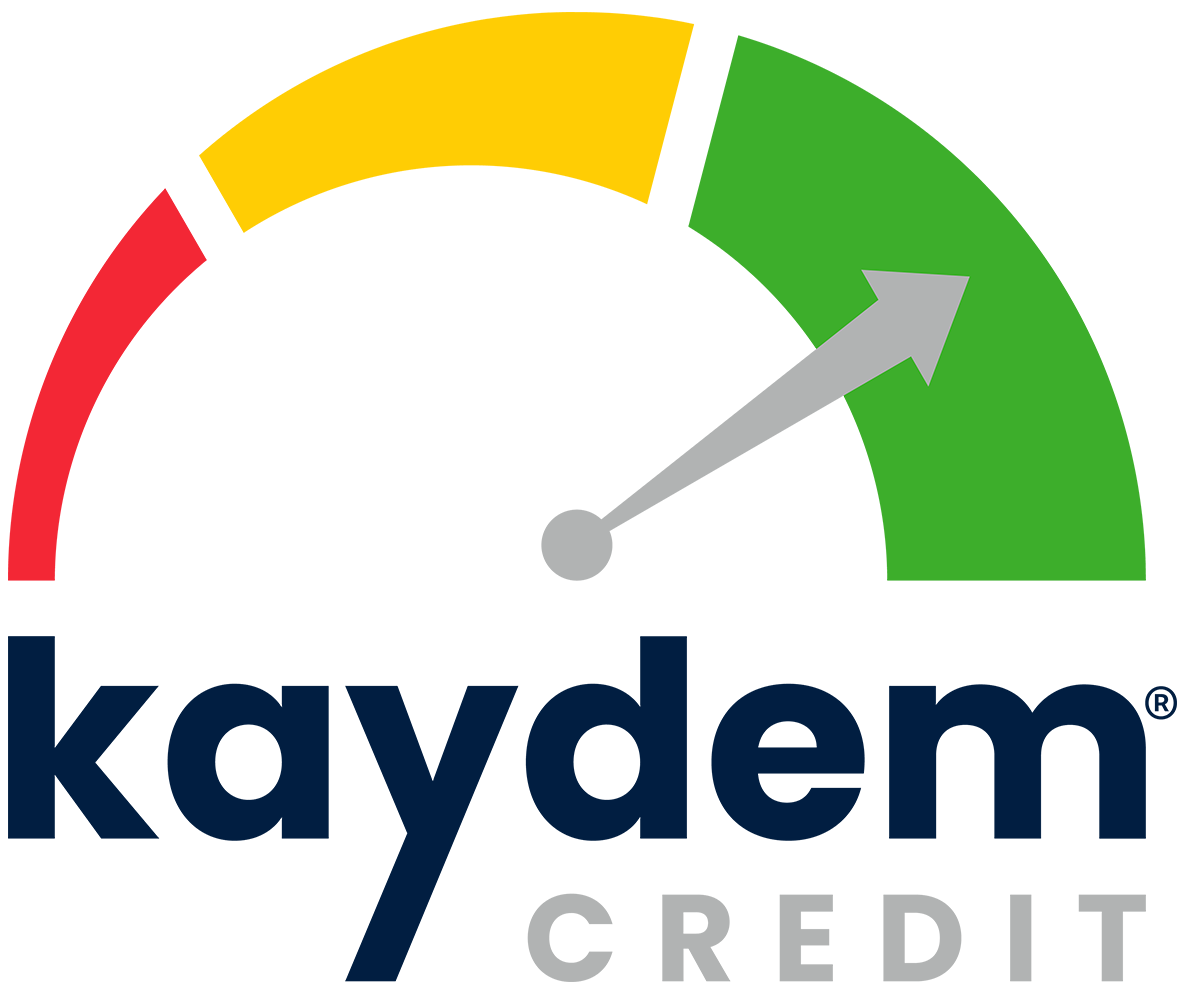Your credit score shapes your financial opportunities. Whether you’re applying for a loan, hunting for an apartment, or just trying to get a lower interest rate, this three-digit number can impact your path. Yet, while many people recognize the score’s importance, few understand what actually makes it tick – or how to improve it.
This guide breaks down the five components shaping your credit score. More importantly, it provides straightforward action steps you can use right away to see meaningful progress.
1. Payment History (35%)
Payment history is the cornerstone of your credit score. It tells lenders one thing: whether or not you pay your bills on time. Each late payment, collection account, or charge-off damages this trust, and your credit report reflects these events for years.
Action Steps:
- Set Up Payment Automation: Automatic payments for at least the minimum due protect you from forgetting and help secure this crucial 35% of your score.
- Rebuild after a Miss: Even one missed payment hurts, but a streak of on-time payments will gradually repair your history.
2. Credit Utilization (30%)
This is the percentage of your available credit you’re using. High balances make you look overextended and can pull down your score, even if you pay off your cards each month.
Action Steps:
- Pay Down High Balances: Focus on bringing any card over 30% utilization down quickly. Paying multiple times a month helps.
- Request Credit Limit Increases: If you’re making timely payments, ask for a limit increase to lower your overall ratio.
3. Length of Credit History (15%)
How long you’ve had credit matters. The longer your accounts have been open, the better for your score. Closing old accounts, even if you don’t use them often, can reduce your average account age.
Action Steps:
- Keep Old Accounts Active: Use older credit cards for small purchases and pay them off. This keeps them open and builds history.
- Become an Authorized User: Ask a family member with a long-standing, well-managed account to add you.
4. Credit Mix (10%)
A healthy credit mix shows lenders you can handle different types of debt, such as credit cards (revolving credit) and loans (installment credit). Variety helps your score, but don’t open new accounts just for the sake of mix.
Action Steps:
- Build Account Diversity Naturally: When the time comes for a car loan or mortgage, know that managing these alongside credit cards will help.
5. New Credit / Inquiries (10%)
Recent applications and new accounts influence your score, as multiple inquiries in a short span can look risky to lenders. Hard inquiries (from actual credit applications) have a temporary effect; soft inquiries do not.
Action Steps:
- Space Out Applications: Limit yourself to one new application every six months, and time them strategically.
- Monitor Your Progress: Use free tools or credit card apps to track your score and any new inquiries.
Quick and Easy Action Steps to Improve Your Credit Score
Tackling your score doesn’t have to be overwhelming. These practical steps, rooted in the five factors above, will get you moving in the right direction:
Immediate Actions (30-60 Days)
- Set Up Payment Automation: Prevent late fees and protect your payment history.
- Pay Down High Balances: Aim for below 30% utilization – below 10% is even better. Make extra payments if you can.
- Check Your Credit Reports: Review your files with all three bureaus using annualcreditreport.com. Dispute any mistakes promptly.
Strategic Actions (60-90 Days)
- Request Credit Limit Increases: Most issuers let you do this online. An increased limit drops your utilization – just don’t use it to spend more.
- Become an Authorized User: A parent or partner’s positive history can give your profile a boost if they add you to their oldest card.
- Space Out Applications: Apply for new credit thoughtfully, especially if you’re thinking about a major loan.
Long-Term Habits (3-6 Months)
- Keep Old Accounts Active: Put a small, regular charge (like a streaming service) on your oldest card and pay it off.
- Monitor Your Progress: Watch your score for movement and celebrate small wins to stay motivated.
- Grow Credit Mix as Life Demands: Don’t open unnecessary accounts, but as you genuinely need new forms of credit, each will help your mix.
Emergency Credit Repair
- Address Collections Quickly: Negotiate payments or settlements as soon as possible. This can sometimes lead to accounts being removed or marked “paid.”
- Communicate with Creditors: If you’re struggling, reach out before accounts fall behind. Lenders often have hardship options.
Which Factors Matter Most?
Payment history (35%) and credit utilization (30%) make up a full 65% of your score. By focusing your energy on these two, always paying on time and keeping balances low, you’ll see the biggest and fastest impact. The remaining factors – length of credit history, mix, and new credit – influence your score less, but don’t ignore them entirely. Over time, good habits in each area yield the strongest, healthiest credit profile.
Take Control of Your Credit Future
Understanding your credit score is the first step; taking action is the next. Small, consistent improvements – automating payments, lowering balances, checking your reports – will set you up for lasting credit success. Remember, patience and persistence make all the difference.
If your credit score is holding you back, Kaydem Credit Help is ready to guide you. For over 13 years, we’ve helped thousands of clients rebuild and restore their credit profiles so they can move forward with confidence.
Sign up today and start building the credit future you deserve.







